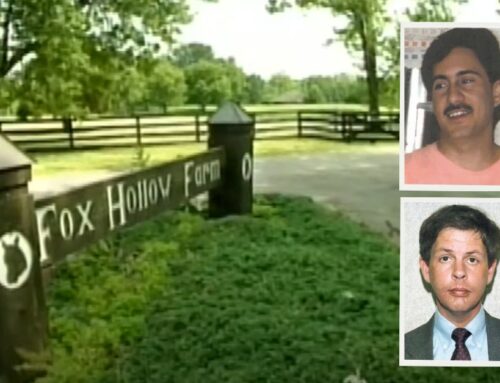By Isabel Fattal
August 3, 2023
-MSN
Church attendance in America has been on the decline in recent decades. Are Americans losing their ability to incorporate religion—or any kind of intentional community—into their lives?
How American Life Works
“Take a drive down Main Street of just about any major city in the country, and—with the housing market ground to a halt—you might pass more churches for sale than homes,” two sociologists wrote in The Atlantic in January. And the facts bear out that visual: As Jake Meador, the editor in chief of the quarterly magazine Mere Orthodoxy, notes in a recent essay, about 40 million Americans have stopped going to church in the past 25 years. “That’s something like 12 percent of the population, and it represents the largest concentrated change in church attendance in American history,” he writes.
The Great Dechurching, a forthcoming book analyzing surveys of more than 7,000 Americans conducted by two political scientists, attempts to figure out why so many Americans have left churches in recent years. The authors find that religious abuse and corruption do play roles in pushing attendees away, but that a much larger share of the people surveyed indicated that they left the church “for more banal reasons,” as Meador puts it:
The book suggests that the defining problem driving out most people who leave is … just how American life works in the 21st century. Contemporary America simply isn’t set up to promote mutuality, care, or common life. Rather, it is designed to maximize individual accomplishment as defined by professional and financial success. Such a system leaves precious little time or energy for forms of community that don’t contribute to one’s own professional life or, as one ages, the professional prospects of one’s children.
As Meador notes, part of the problem is the unusual role that religion has come to play in some Americans’ lives. The Atlantic writer Derek Thompson coined the term workism in 2019—and diagnosed himself as a worker under its thrall. “The economists of the early 20th century did not foresee that work might evolve from a means of material production to a means of identity production,” Thompson wrote then. “They failed to anticipate that, for the poor and middle class, work would remain a necessity; but for the college-educated elite, it would morph into a kind of religion, promising identity, transcendence, and community.”
Workism doesn’t deliver on these promises, Thompson noted: “Our jobs were never meant to shoulder the burdens of a faith, and they are buckling under the weight. A staggering 87 percent of employees are not engaged at their job, according to Gallup. That number is rising by the year.” Even so, for those who have come to view work as the guiding principle of life, other priorities can quickly fall by the wayside. “The underlying challenge for many is that their lives are stretched like a rubber band about to snap—and church attendance ends up feeling like an item on a checklist that’s already too long,” Meador writes.
At its core, the issue is not just church attendance, Meador argues, but rather what American society has become:
The problem in front of us is not that we have a healthy, sustainable society that doesn’t have room for church. The problem is that many Americans have adopted a way of life that has left us lonely, anxious, and uncertain of how to live in community with other people.
Meador’s point here reminded me of one of my favorite episodes of our podcast How to Talk to People, in which the hosts discuss the role of public spaces in building community. Places such as coffee shops, churches, and libraries can serve as truly shared spaces, where people mingle and make new friends. But even in those places, host Julie Beck notes, “I’ve observed … a hustle and bustle.” People are “on a mission.” What she and producer Rebecca Rashid call “American efficiency culture” makes it so that we’re just not incentivized to take it slow, sit down, and meet someone new. Beck is getting at the same point as Meador: Many Americans seem to have forgotten how to create truly deliberate communities with one another.
I’ve painted a pretty negative picture thus far about the future of community and spirituality in America, whatever religion or practice a person might abide by. But a competing trend is humming along too: Some Americans are rewriting the rules for what an intentional or spiritual life can look like. As Wendy Cadge and Elan Babchuck noted in The Atlantic in January, metrics such as church attendance might no longer be the most accurate proxy for America’s religious affiliation. “Although participation in traditional religious settings (churches, synagogues, mosques, schools, etc.) is in decline, signs of life are popping up elsewhere: in conversations with chaplains, in communities started online that end up forming in-person bonds as well, in social-justice groups rooted in shared faith,” they wrote.
Meador, for his part, arrived at an ambitious way for churches to bring Americans back into the fold after reading The Great Dechurching. Maybe churches could better serve their members by asking more of them, he argues:
A vibrant, life-giving church requires more, not less, time and energy from its members. It asks people to prioritize one another over our career, to prioritize prayer and time reading scripture over accomplishment … Churches could model better, truer sorts of communities, ones in which the hungry are fed, the weak are lifted up, and the proud are cast down.
Creating an environment where people can ask more of one another, and give more in turn, seems like a wise rule of thumb for any community. If only American life didn’t make such a prospect feel so daunting.




